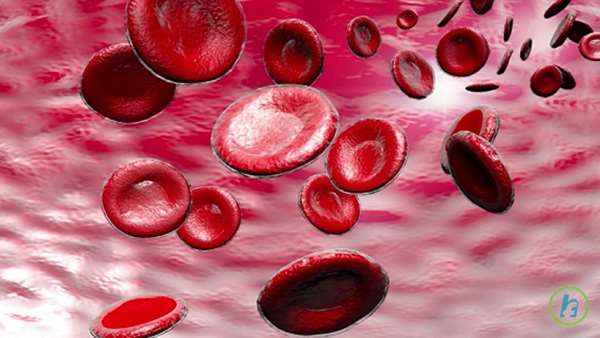Gene Editing Could Limit Toxicity of CAR T Treatment in AML
A study recently published in Cell may have identified a new approach to limit the toxicity of chimeric antigen receptor (CAR) T-cell treatment in acute myeloid leukemia (AML).
A study recently published in Cell may have identified a new approach to limit the toxicity of chimeric antigen receptor (CAR) T-cell treatment in acute myeloid leukemia (AML).
To treat AML with CAR T-cells, researchers genetically alter an individual’s immune cells to target CD33, a specific protein that is expressed on both cancerous and healthy hematopoietic stem and progenitor cells (HSPCs). Previously, this meant that the treatment would attack cancer cells as well as healthy HSPCs and eventually lead to toxicity in patients.
To make treatment more effective, researchers used a gene editing tool, CRISPR/Cas9, to remove CD33 from HSPCs. Study authors have described the approach as a “next-generation hematopoietic stem cell transplant.”
The study found that cells that had the CD33 protein removed functioned normally with no identifiable difference. This may be because “while CD33 does have a suppressive function, other inhibitory cell surface receptors can compensate for loss of CD33.” Previous studies have also found no evidence of abnormalities in CD33-deficient mice, suggesting that the loss of the protein may be well tolerated.
Researchers studied this approach in both mouse and monkey models, as well as human cells in a laboratory setting, and found it to be effective. The next step is for researchers to study the approach in human trials. Despite promising results in the laboratory, researchers have noted that they intend to proceed with caution. “We cannot definitively exclude the possibility of occult functional defects in CD33 [knockout] myeloid cells that may manifest when this therapy is extended to human subjects and followed long-term. Therefore, translation of this approach to humans will have to be undertaken carefully.
If successful, this approach could potentially be extended to other cell-surface antigens or forms of antigen-specific immunotherapy, such as monoclonal antibodies. Given the success researchers have seen thus far, the approach is anticipated to have a wide therapeutic range offering a variety of treatment modalities in AML.
Reference: https://www.cell.com/cell/fulltext/S0092-8674(18)30590-7





ارسال به دوستان